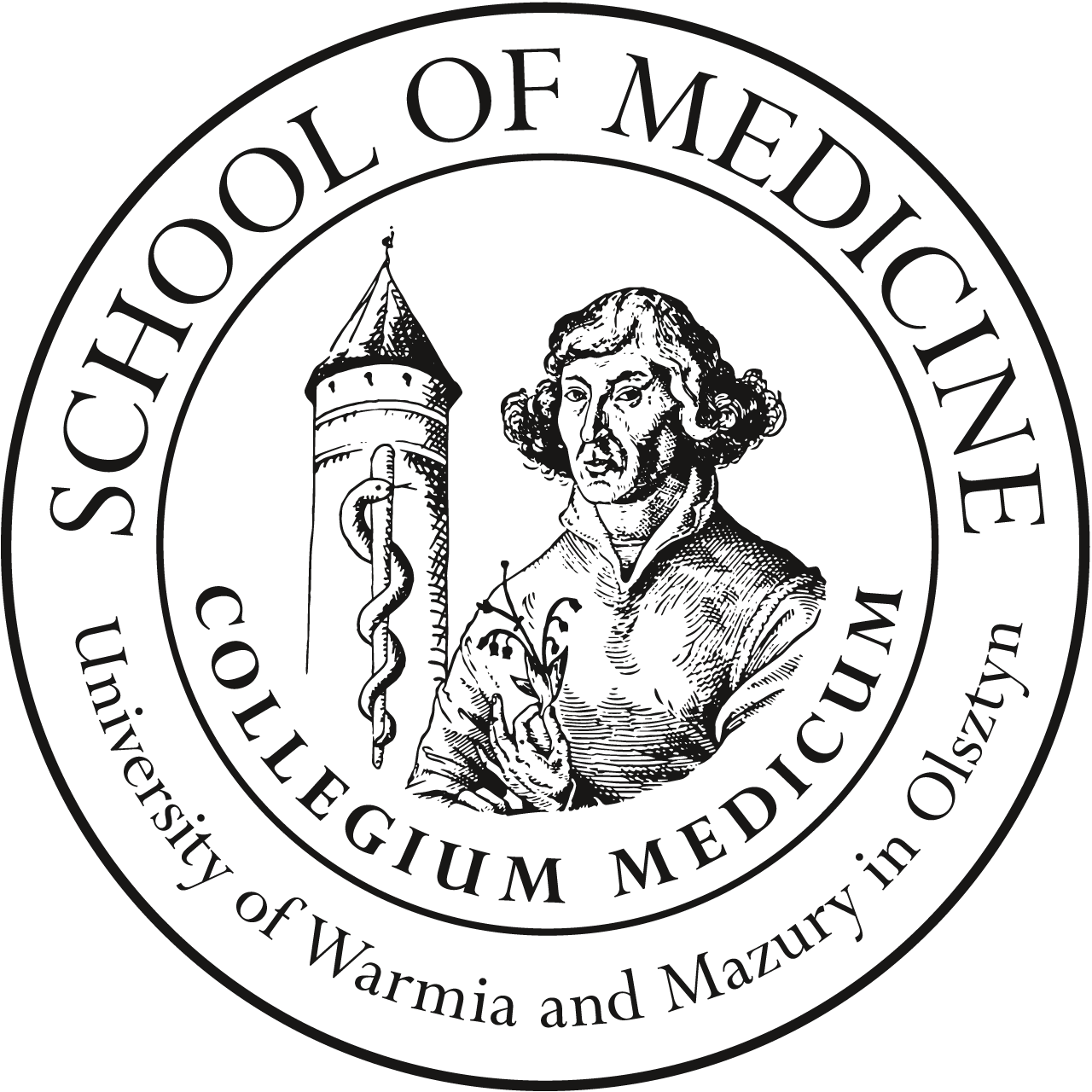DIRECTIONS OF TESTS
The Department of Anatomy's research focuses on the analysis of central nervous system (CNS) vessels.
The most important direction of research is the work on the Interactive Three-Dimensional Visual System (IVR3D), which allows the fusion and transformation of CT and MRI images.
ANGIOANALYSER, the Department of Anatomy's genuine software for morphometric analysis of vessels is used in the research. The program uses unique genetic algorithms to detect the vascular margin and Bezier's vector curves are used for recording and analysis of vessel geometry.
Department of Anatomy's research focuses also on a computer simulation of blood flow in intracranial arteries. Also models of autoregulation in the cerebral arterial circle in various types of ontogenetic cerebral vascularization are tested.
In 2012, the Integrated Modeling System FUSION was invented at the Department of Anatomy. FUSION software platform enables visualization of morphological structures of the human body by data (images) fusion of CT and RM.
The photorealistic, stereoscopic 3D visualization in the FUSION system provides a precise image of the complex morphological data collected by analyzing the clinical material (eg spatial location of the tumor or aneurysm).
The FUSION system has become the source of 3D models used in didactics, but above all it has been a perfect measurement tool for diagnostic tests. The integration of 3D data imaging at different levels of presentation (macro, meso and micro) also gives the opportunity to aid the training of medicine students and postgraduate training of medical doctors.
The FUSION Integrated Modeling System was awarded with the Silver Medal at the 61st International Fair of Inventions - Scientific Research and New Techniques "BRUSSELS INNOVA 2012"


